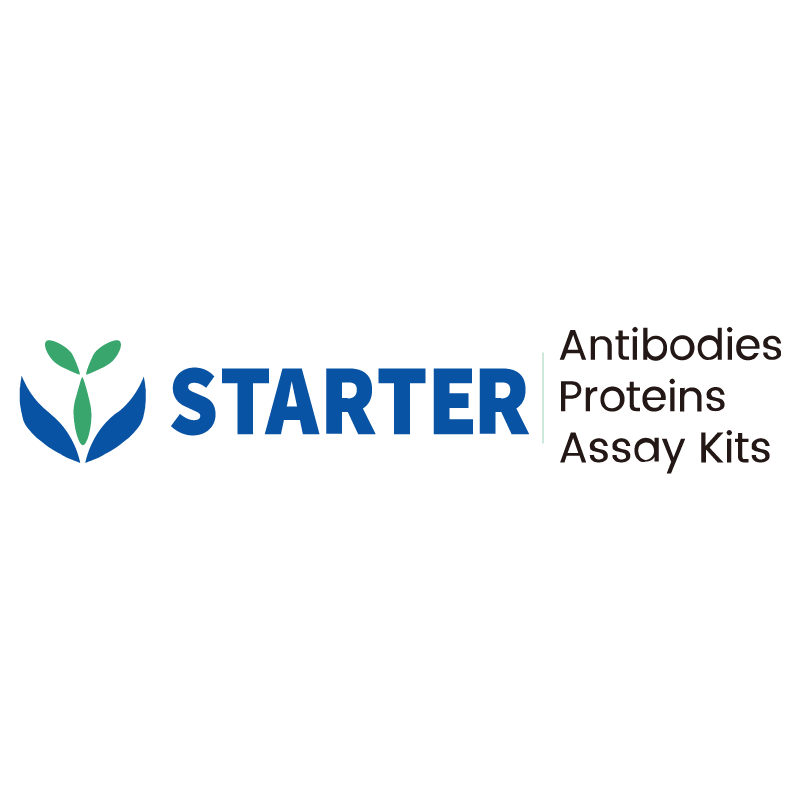Flow cytometric analysis of C57BL/6 mouse splenocytes labelling mouse CD317 antibody at 1/2000 (0.1 μg) dilution/ (Right panel) compared with a Rat IgG2b, κ Isotype Control / (left panel). Goat Anti-Rat IgG Alexa Fluor® 647 was used as the secondary antibody. Then cells were stained with CD45R/B220 - Pacific Blue™ antibody separately.
Product Details
Product Details
Product Specification
| Host | Rat |
| Antigen | BST2 |
| Synonyms | Bone marrow stromal antigen 2; BST-2; HM1.24 antigen; CD317; Bst2 |
| Location | Cell membrane |
| Accession | Q8R2Q8 |
| Clone Number | S-3340 |
| Antibody Type | Rat mAb |
| Isotype | IgG2b,k |
| Application | FCM |
| Reactivity | Ms |
| Positive Sample | C57BL/6 mouse splenocytes |
| Purification | Protein G |
| Concentration | 2 mg/ml |
| Conjugation | Unconjugated |
| Physical Appearance | Liquid |
| Storage Buffer | PBS pH7.4 |
| Stability & Storage | 12 months from date of receipt / reconstitution, 2 to 8 °C as supplied |
Dilution
| application | dilution | species |
| FCM | 1:2000 | Ms |
Background
BST2 protein, also known as bone marrow stromal antigen 2 or CD317, is a type of protein that plays significant roles in various biological processes. It is a type II transmembrane protein mainly expressed on the surface of cells such as fibroblasts, endothelial and cells some immune cells. One of its key functions is in the regulation of cell proliferation and differentiation. For example, in the bone marrow microenvironment, BST2 protein can influence the growth and development of hematopoietic cells by interacting with other molecules. Moreover, it is involved in the immune response. It can affect the activation and function of immune cells like T cells and B cells, thus participating in the regulation of the body's immune defense mechanism. Additionally, BST2 protein has been found to be associated with some diseases. Abnormal expression of BST2 protein may be related to the occurrence and development of certain cancers and autoimmune diseases. Therefore, research on BST2 protein is of great importance for understanding the mechanisms of cell biology and disease pathogenesis.
Picture
Picture
FC


